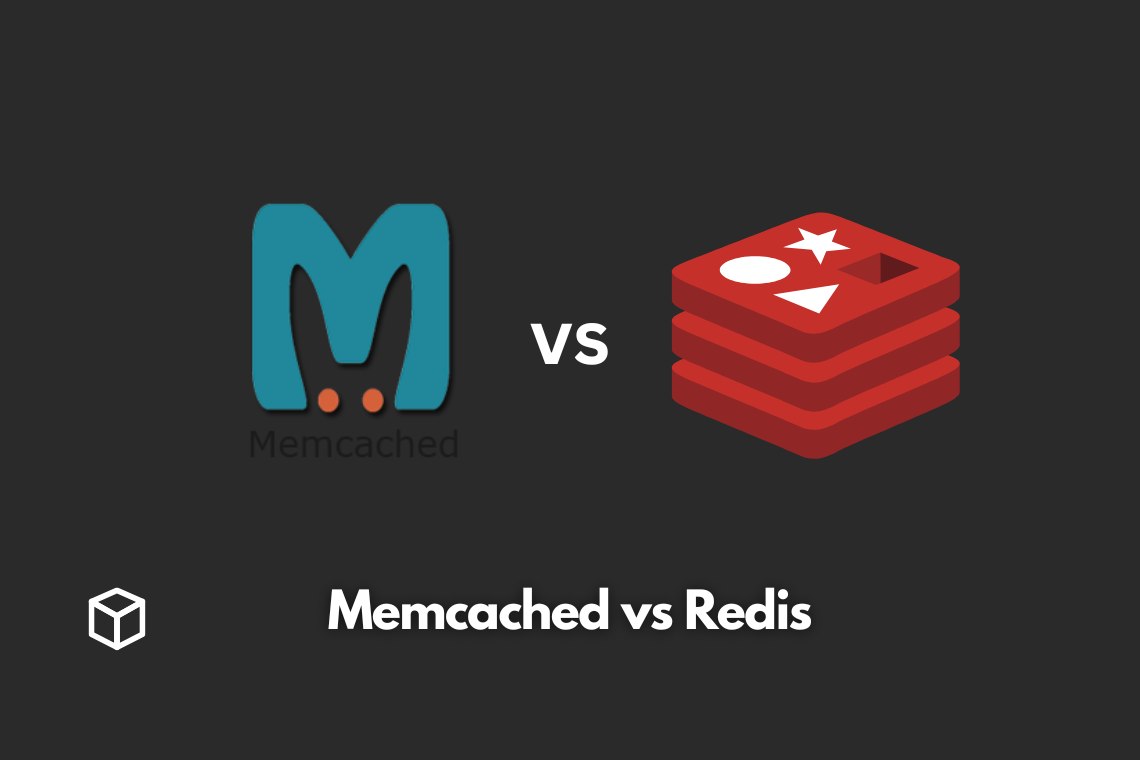In-memory data storage is a crucial aspect of modern web development and there are two key options that have gained popularity among developers: Memcached and Redis.
Both of these options are in-memory data stores that are used to store data that can be accessed quickly and easily, but they have some key differences.
In this article, we’ll take a closer look at both Memcached and Redis, explore their key features, and discuss their use cases and limitations.
We’ll also compare and contrast the two, and help you decide which one is the best fit for your specific project.
Memcached
Memcached is a free and open-source, in-memory key-value store that is widely used for caching and session management.
It is designed to be distributed, meaning that it can be used across multiple servers, which allows for easy scaling.
The key features of Memcached include:
- High performance: Memcached is incredibly fast, making it ideal for high-traffic websites and real-time analytics.
- Simple design: Memcached is a simple key-value store that is easy to use and understand.
- Distributed: Memcached can be easily distributed across multiple servers, making it easy to scale.
Memcached is often used for caching, which can greatly improve the performance of a website.
It is also commonly used for session management, which allows for efficient storage and retrieval of session data.
Additionally, Memcached can be used for real-time analytics, as it allows for fast access to data.
However, Memcached does have some limitations, such as its lack of persistence, which means that data is only stored in memory and will be lost if the server is restarted.
Memcached also doesn’t support complex data structures, which can be a limitation for certain use cases.
Redis
Redis, which stands for Remote Dictionary Server, is an open-source, in-memory data store that is often used for caching, session management, and real-time analytics.
It is also designed to be distributed, and it has many advanced features such as pub/sub messaging and Lua scripting.
The key features of Redis include:
- High performance: Redis is incredibly fast, making it ideal for high-traffic websites and real-time analytics.
- Advanced features: Redis has a number of advanced features such as pub/sub messaging, Lua scripting, and more.
- Persistence: Redis supports persistence, which means that data can be stored on disk, making it more durable.
- Complex data structures: Redis supports a wide range of data structures, such as lists, sets, and more, which makes it more versatile than Memcached.
Redis is often used for caching, which can greatly improve the performance of a website.
It is also commonly used for session management and real-time analytics.
Additionally, Redis can be used for pub/sub messaging, which allows for efficient communication between different parts of a system.
Lua scripting allows for advanced data manipulation and management.
The persistence feature is also very beneficial, as it allows data to be stored on disk and survive a server restart.
Comparison of Memcached and Redis
When comparing Memcached and Redis, it’s important to consider their features, use cases, and performance.
Both are in-memory data stores that are designed to be distributed, and they are both fast and easy to use.
However, there are some key differences between the two.
Memcached is a simple key-value store that is best suited for caching and session management, while Redis has a number of advanced features and supports more complex data structures.
When it comes to performance, both Memcached and Redis are incredibly fast, making them ideal for high-traffic websites and real-time analytics.
However, Redis does have an advantage in terms of persistence, as it allows data to be stored on disk, making it more durable.
In terms of use cases, Memcached is well suited for caching and session management, while Redis is a more versatile option that can be used for a wider range of tasks, such as pub/sub messaging, Lua scripting, and more complex data structures.
When deciding which one to use for your project, it’s important to consider your specific requirements.
If you need a simple key-value store for caching and session management, Memcached may be the best option.
However, if you need a more versatile option with advanced features and support for more complex data structures, Redis may be a better fit.
Conclusion
In this blog post, we’ve taken a closer look at Memcached and Redis, two popular in-memory data storage options.
We’ve explored their key features, discussed their use cases and limitations, and compared and contrasted the two.
We hope that this post has helped you gain a better understanding of Memcached and Redis, and that it will help you decide which one is the best fit for your specific project.
If you’re looking to learn more about Memcached and Redis, there are many resources available online, including the official documentation for both projects.
We encourage you to share your thoughts and experiences on this topic in the comments section below.




